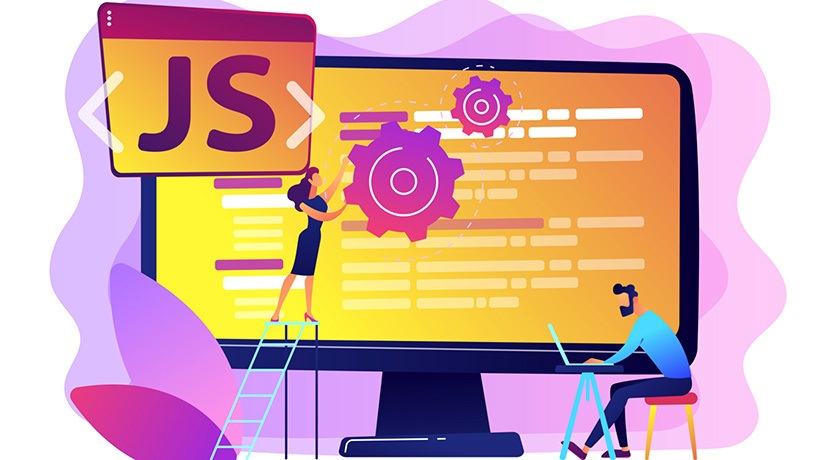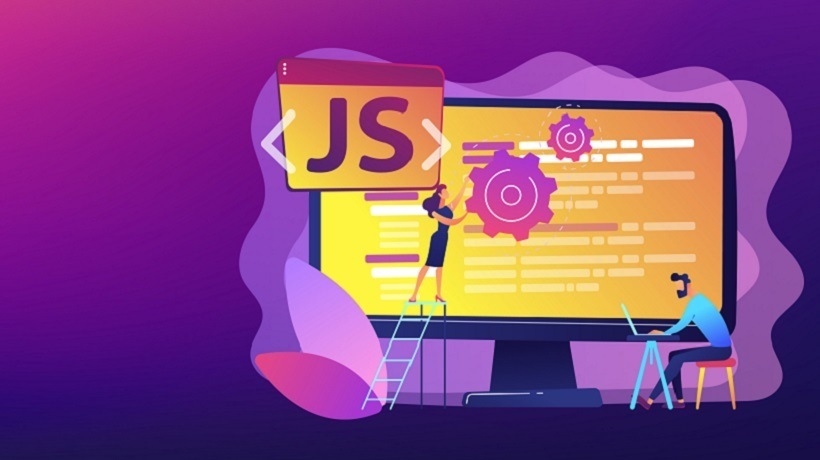The Importance Of JavaScript In eLearning
Instructional Design or digital learning design, as it is now being called, is by no means an easy job to do. Although rapid authoring tools have made this task somewhat easier, creating engaging, interactive courseware that helps employees and learners learn still requires skill, knowledge, creativity and a great deal of design thinking. However, if you really want to be a leader in digital learning design, you cannot just skim through its basics and start creating courses.
JavaScript, to put it in simple terms, is a programming language that enables the creation of dynamic content in web content as well as digital learning. Now, you might be thinking, ''I came all this way without ever having used JavaScript, so is it really that important?'' And the answer is yes. Although there are rapid eLearning tools that do a great job at developing learning with little to no coding necessary, they cannot, unfortunately, compete with digital learning created using JavaScript. The age of slide-based learning is over. In this article, we’ll discuss what JavaScript can do for you, if and when you decide to learn it. But before that, let us discuss the limitations of digital learning created using just rapid authoring tools without JavaScript.
Limitations Of Not Learning JavaScript
- Rapid development tools cannot accommodate individual needs and cannot be used to help learners who are having difficulties with learning. Which in short means that you cannot create personalized learning (without considerable effort), which is very important in this day and age.
- Digital learning designers are limited to the ''presets'' that their rapid development tools provide them, the same themes, interactions, menus, etc., which means that they will sooner or later run out of combinations and options.
- There is no way around learning to code, and as more and more designers learn to code as a result of the advancing computing age, a person who doesn’t learn to code is limiting their career potential, and will sooner or later hit a dead end.
Now, let us have a look at the benefits of learning JavaScript for digital learning designers.
Benefits Of Learning JavaScript For Digital Learning Designers
- The first and foremost benefit of learning JavaScript is that designers get a better understanding of triggers and variables in digital learning authoring tools. Popular authoring tools such as Articulate Storyline, Adobe Captivate, and Lectora all use programming that is not visible nor comprehensible to you as you only use their presets. When you know JavaScript, you can modify and create interactions of your own.
- Every designer has encountered problems with their digital learning course at one time or another. Sometimes it's an interaction not working correctly, and sometimes an error you don’t understand, and sometimes something else. By learning JavaScript, you’ll learn to break apart the elements of a digital learning course, and thus learn how to debug any problems you might be facing.
- Another great thing about learning JavaScript is how it augments your capability as a digital learning designer. You don’t need to bring in developers from the outside, you can create your own animations, interactions, themes, certificates, and whatnot, and use your standard authoring tools in ways you didn’t know were possible. This increases your value as a digital learning designer and improves employment opportunities.
- Another benefit of learning JavaScript is the fact that you can use the thousands of JavaScript libraries on the internet, and add elements to your digital learning courses, some of which no authoring tool provides. For example, connecting your course to xAPI to store and retrieve records about learners, and share these data across platforms, creating draggable animations and objects, and creating parallax effects in your course, to name a few.
If you want to keep working as a digital learning designer for the next decade (and hopefully the decade after that), you’ll future-proof your career and usher yourself into the world of digital learning— a world that you were oblivious of until now—by learning JavaScript.










